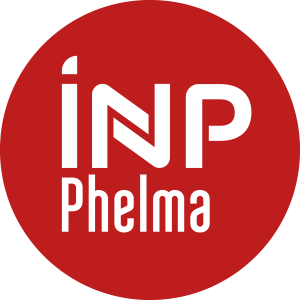Number of hours
- Lectures 12.0
- Projects ?
- Tutorials 8.0
- Internship ?
- Laboratory works 8.0
ECTS
ECTS 2.0
Goal(s)
The course will give basic principles of micro-electromechanical systems modelling. Starting from microsystem simple mechanical elements, the course will develop the modelling of more complex structures including electromechanical transducers. Approaches to reduced-order modelling of complex microstructures will be explained and the electromechanical and electroacoustic analogies will be studied in detail. Basic electromechanical transduction mechanisms will be described; their analogy models will be developed and applied to examples of real microsystems. Among the transduction mechanisms will be both reciprocal principles as electrostatic, piezoelectric, electromagnetic and electrodynamic, and non-reciprocal principles as piezoresistive and thermomechanical.
Contact Libor RUFERContent(s)
1. Introduction
2. Continuous mechanical systems – static behavior
3. Continuous mechanical systems – dynamic behavior
4. Discrete systems: electro-mechanical and electro-acoustic analogies
5. Acoustic elements - air damping
6. Electro-mechanical transducers modeling: electrostatic transduction
7. Piezoelectric transduction
8. Electromechanical transduction with magnetic field
9. Non-reciprocal transducers - Piezoresistive transduction
Prerequisites
Solid background in general physics
Semester 8 - The exam is given in english only 
Numerical exercises on the course topics
Semester 8 - This course is given in english only 
TIMOSHENKO, S. P., GOODIER, J. N., Theory of Elasticity, Mc Graw-Hill, 1970.
GERE, J.M., Mechanics of Materials, Brooks/Cole, Thomson Learning, 2001, 926 pp.
SENTURIA, S. D., Microsystem Design, Kluwer Academic Publishers, 2001, 689 pp.
BAO, M. H., Micro Mechanical Transducers, Elsevier, 2000, 378 pp.



